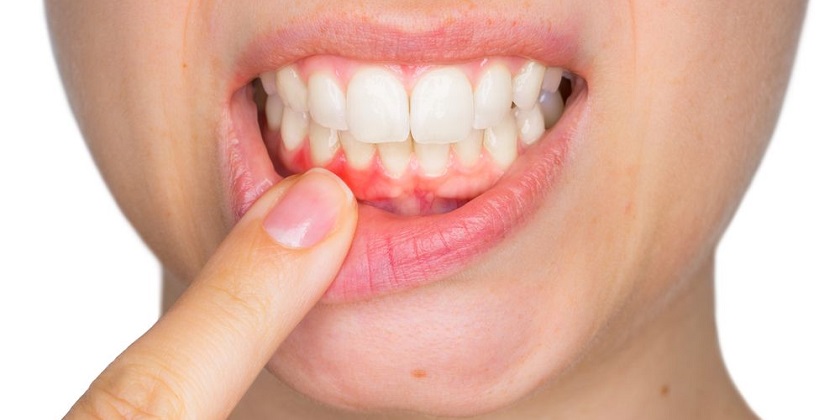- Home >
- Gum Disease Treatment Surgery

Sometimes, periodontal surgery may be needed to treat certain gum diseases and conditions, such as gingivitis or periodontitis. This type of surgery is commonly known as gum surgery.
The procedure aims to treat the gum disease and any damage it may have caused by:
- regrowing damaged bones and tissues
- preventing tooth loss
- reducing gum gaps between teeth, known as black triangles
- reshaping the jaw hone to lower the risk for bacterial growth in bone crevices
- eliminating bacteria and infection
In this article, we take a look at what people can expect from periodontal surgery, the conditions it can treat, and what the recovery time could be.
What conditions can gum surgery treat?
Gum diseases such as gingivitis and periodontitis may require surgical treatment.
Gingivitis is a mild form of gum disease that can cause gum redness, swelling, and bleeding. Most often, gingivitis occurs due to poor oral hygiene, plaque, and tartar buildup. Professional treatment can reverse the condition.
Periodontitis is a more severe form of gum disease in which gingivitis has worsened and advanced, leading to an inflammatory response that destroys bone and tissues.
During this inflammatory process, the gums begin to separate from the teeth. This causes spaces called pockets to develop, which in turn trap bacteria and lead to infection.
As a result, tooth loss and bone damage can occur.
Types of surgical procedures
Which kind of surgery a dental surgeon performs depends on the type and severity of the gum disease.
Before surgery, a dental surgeon might give the gums a deep clean. One procedure known as deep scaling can remove tartar and bacteria from teeth and gums.
Another procedure known as root planing can smooth the surfaces of the roots of the teeth, meaning that there are fewer places for tartar and bacteria to build up. This procedure also removes any tartar that is on the root.
Deep scaling and root planing usually occur at the same time.
Flap surgery
Flap surgery is especially helpful for people who have tartar deposits in deep pockets. The procedure involves lifting the gums off of the teeth to remove tartar buildup.
After the surgeon has cleaned the area and removed the tartar, they will stitch the gums into place to fit around the teeth. Sometimes, the bone may require reshaping during this procedure.
Bone grafting
When the bone that surrounds the root of the tooth is damaged or destroyed, a person may need a bone graft. This procedure involves replacing the damaged bone with new bone. This bone may be the person's bone, a manufactured bone, or donated bone.
The goal of bone grafting is to hold the tooth in place and help it to regrow.
Guided tissue regeneration
During this procedure, a dental surgeon will place a small piece of mesh-like material between a person's bone and gum tissue.
The material prevents the gum from growing into space where bone should be, allowing the bone and connective tissue to regrow.
Tissue grafting
A lowered gum line, known as gum line recession, is caused by the loss of gum tissue and may require soft tissue grafting to reduce the risk of further damage.
During this procedure, a dental surgeon typically removes tissue from one part of the body and re-attaches it to the area where the gum has receded. The tissue often comes from the roof of the mouth.
Tissue grafting not only reduces the risk for further damage but also covers any exposed roots.
Other treatment options include:
- Laser therapy: Although no current evidence fully supports laser therapy, some dentists use it to reduce the size of pockets and restore damaged connective tissue.
- Tissue-stimulating proteins: This procedure involves using a protein-containing gel to stimulate bone and tissue growth.

